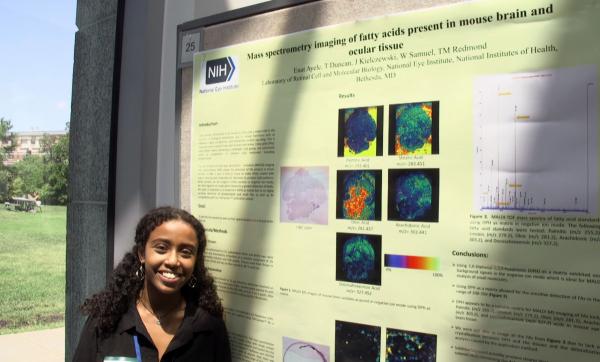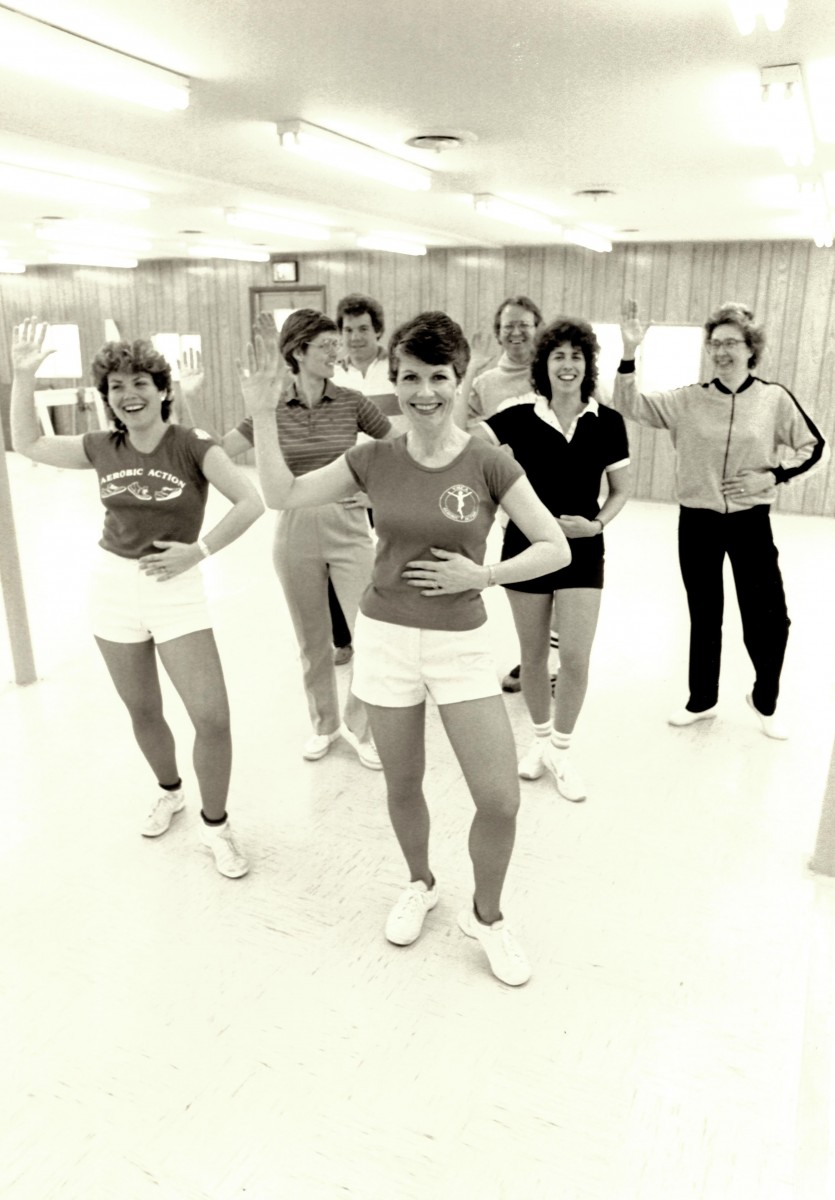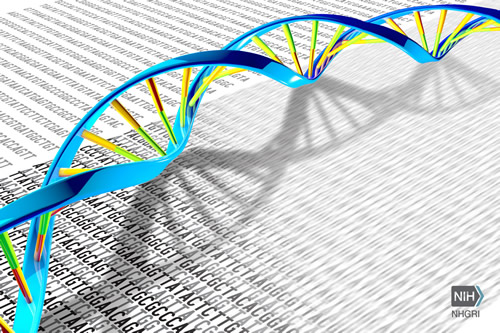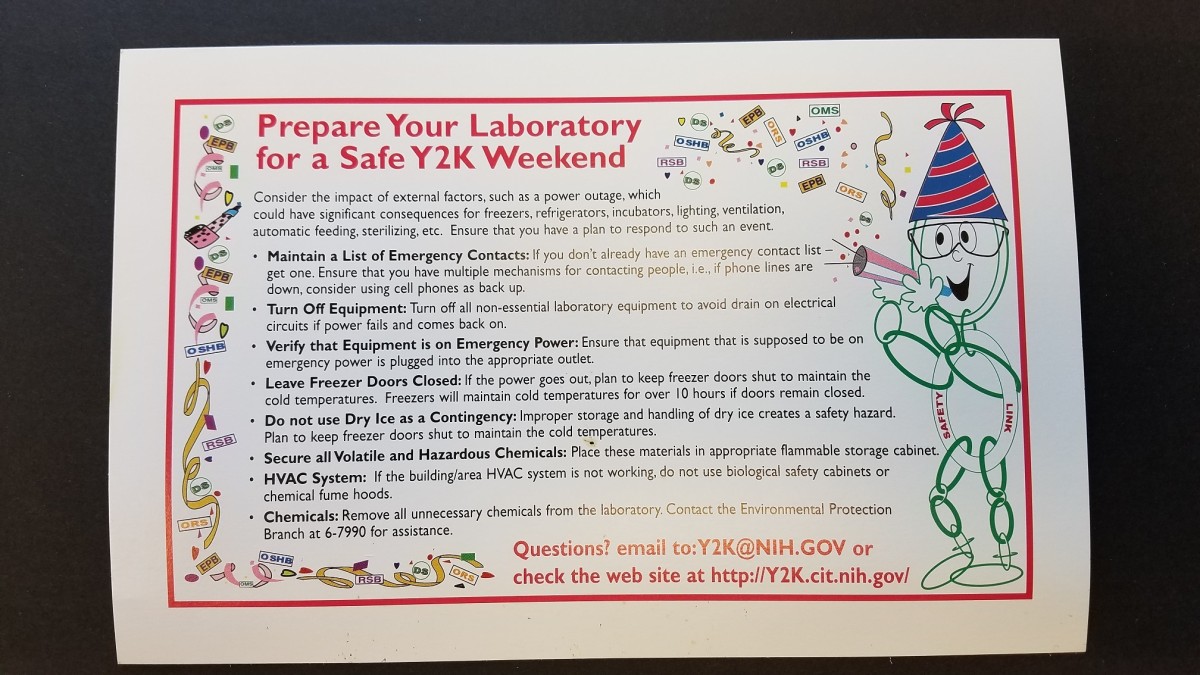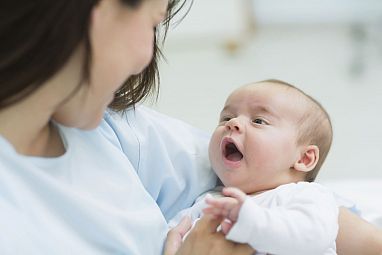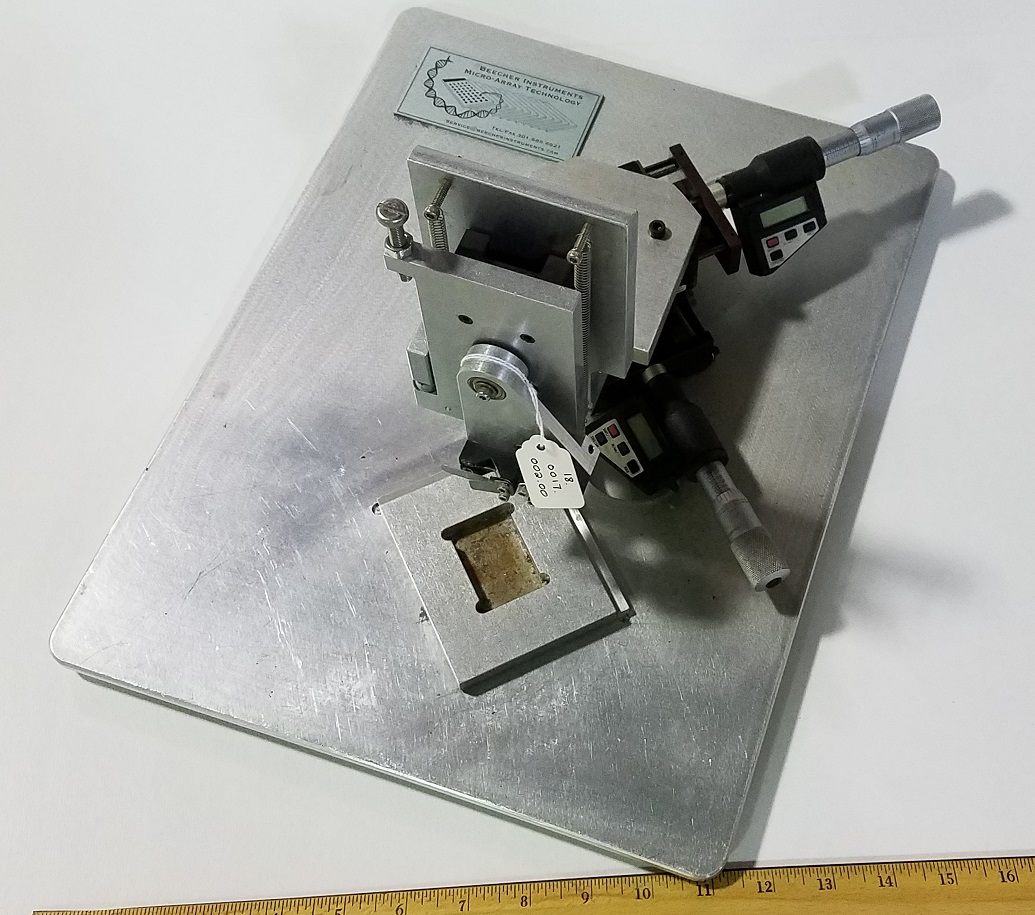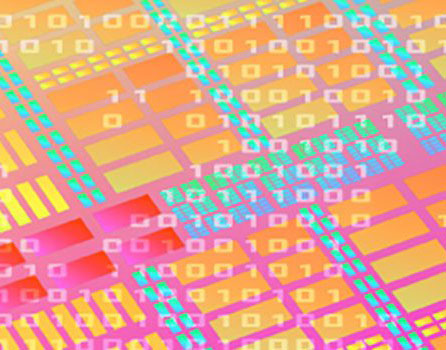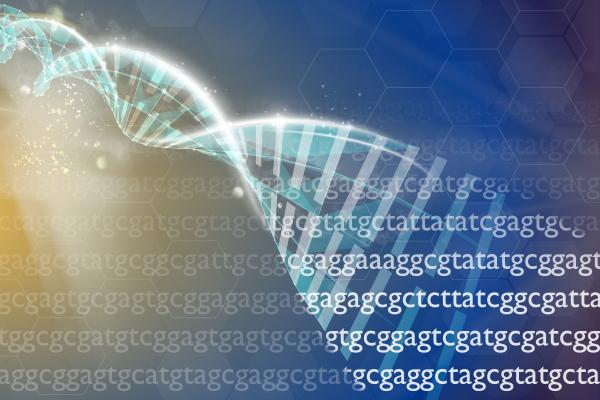Poster Day Showcases Summer Student Science
Annual Event Shares Research by IRP’s Summer Interns
NIH’s Natcher Conference Center was packed once again last Thursday for the annual Summer Poster Day. This year, more than 1,200 college and high school students spent their summer performing research in an IRP lab through the NIH’s Summer Internship Program.
I navigated through the more than 900 posters presented this year to get a taste of the impressive work done by these young men and women in less than three months. If they can make these kinds of discoveries in just one summer, imagine what they might one day accomplish as full-time scientists and clinicians!

